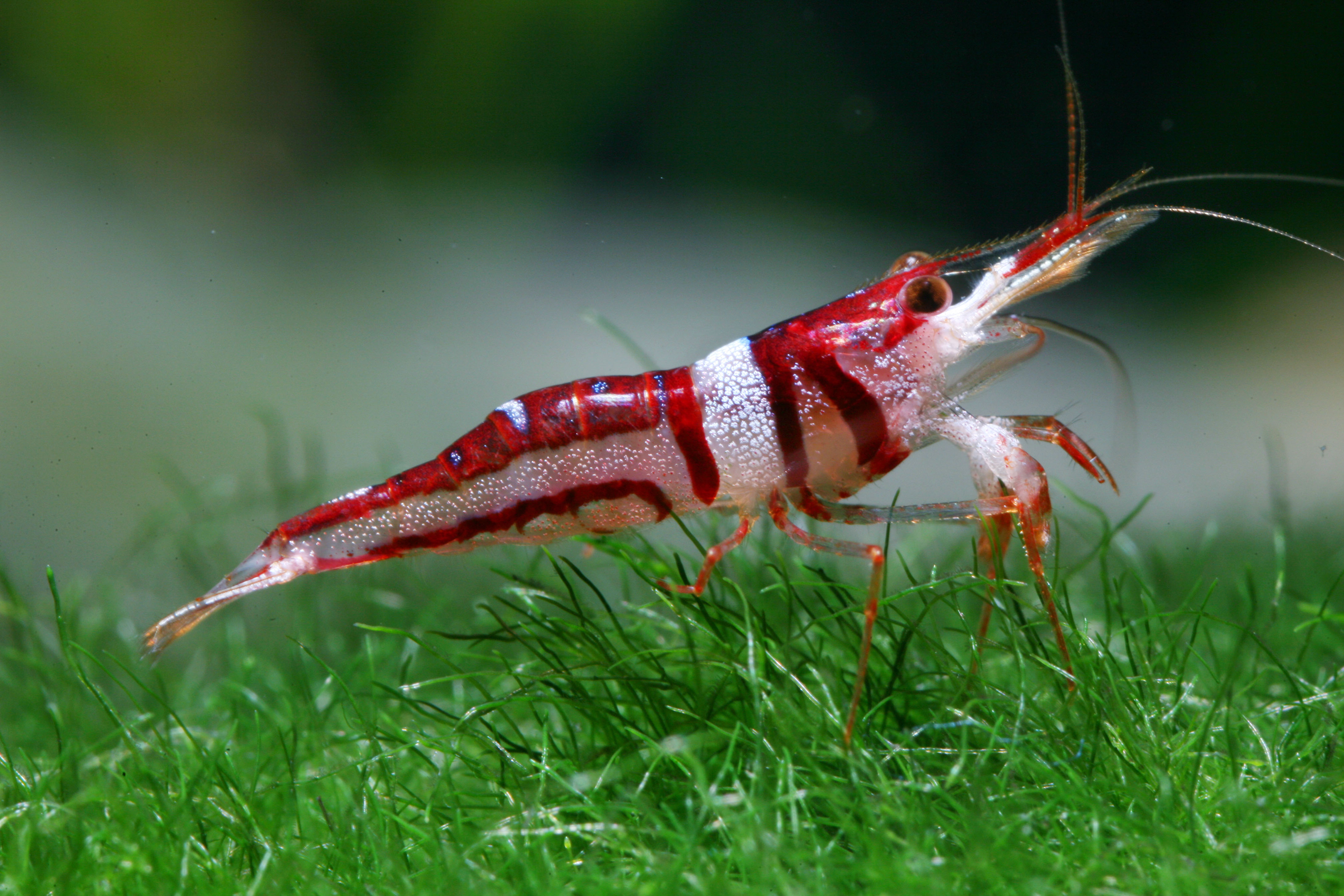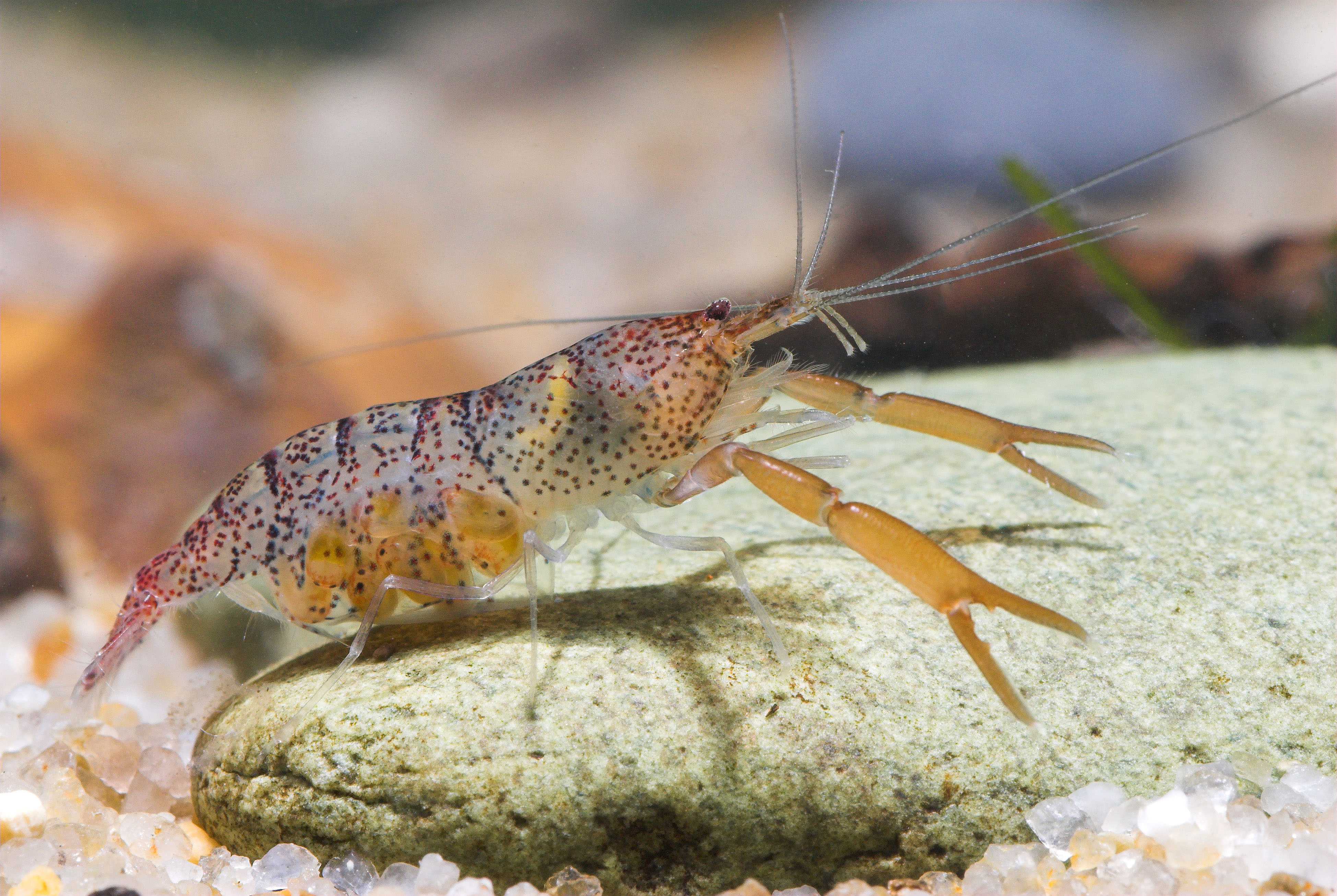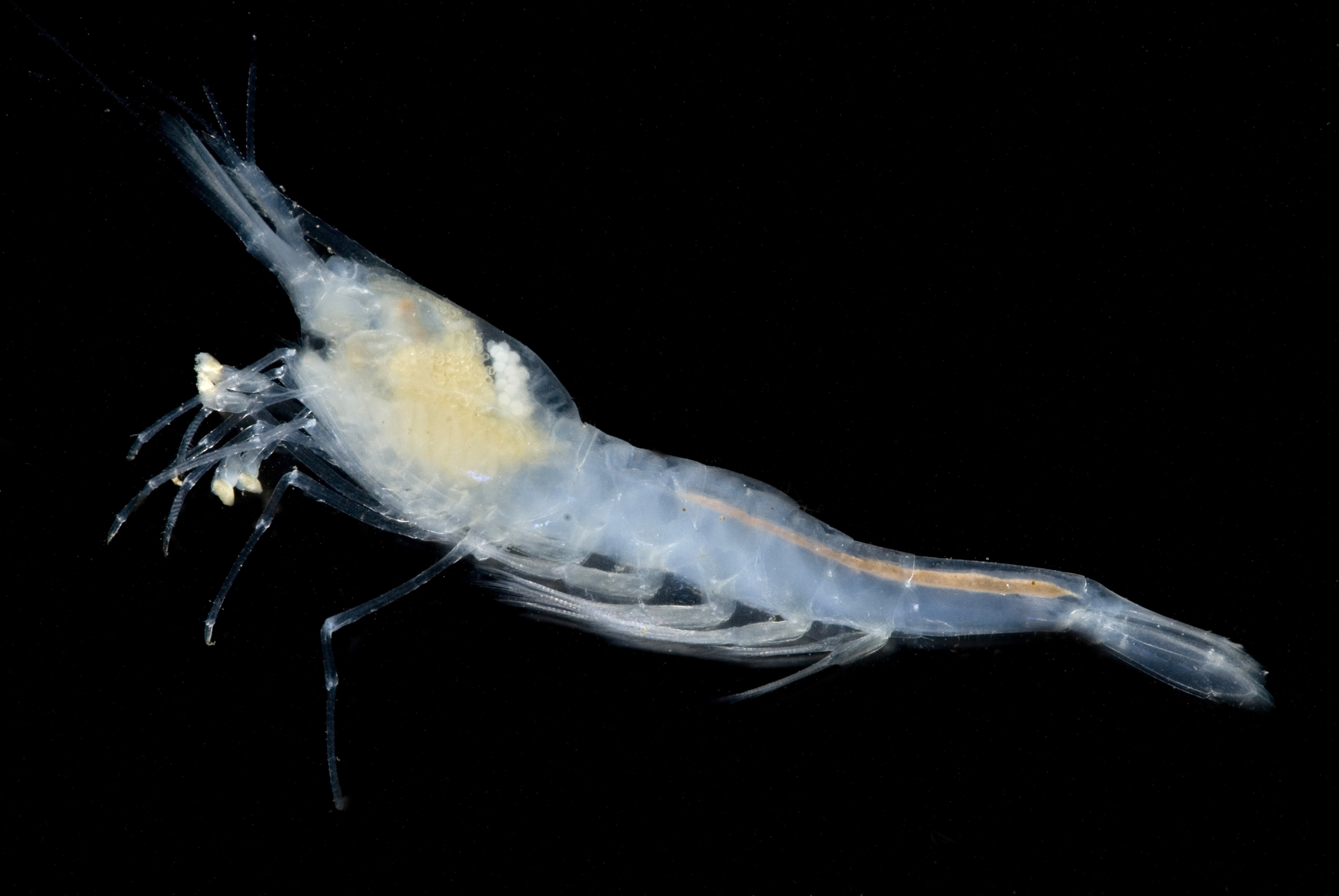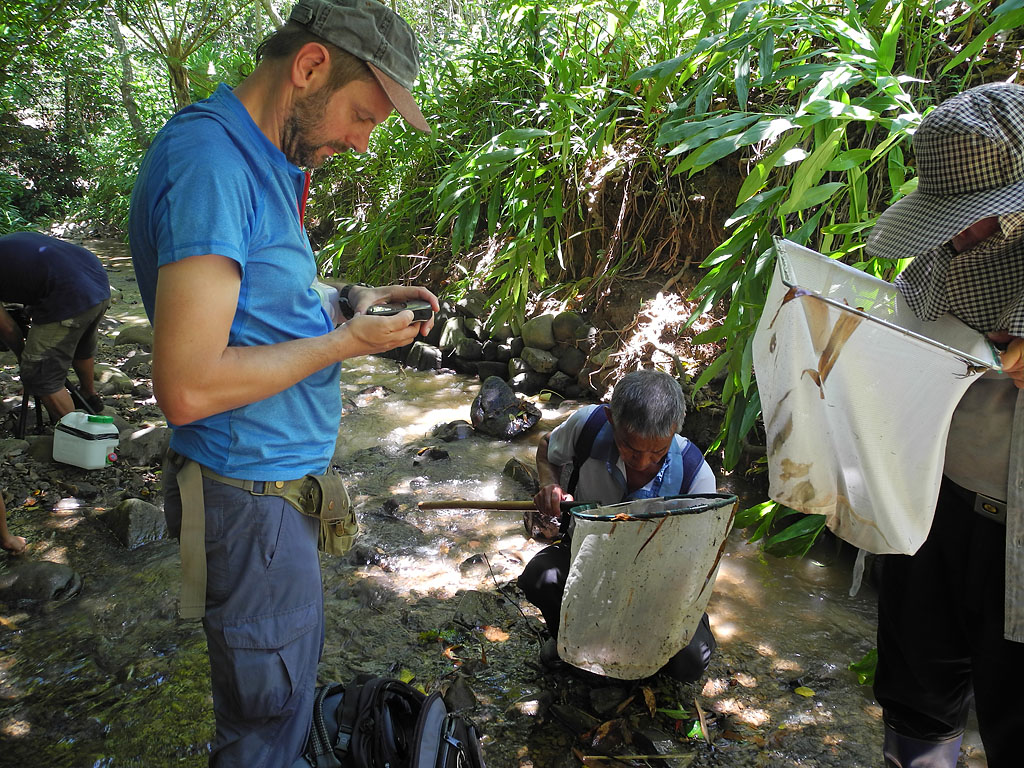Dead Shrimp Blues - the imperilled status of freshwater shrimps
“I woke up this mornin' and all my shrimps was dead and gone”, so sang the legendary blues artist Robert Johnson back in 1937. A lyric which sadly resonates today according to a study led by the Oxford University Museum of Natural History and the International Union for Conservation of Nature (IUCN).
Almost 28% of the world’s 763 freshwater shrimp species, a group which support the livelihoods of some of the world’s poorest communities, are threatened with extinction according to The IUCN Red List of Threatened Species. The study makes key conservation recommendations including the need to adopt integrated water resource management (IWRM) principles, environmental flow concepts, and comprehensive environmental and social impact assessments (EISAs) to ensure that freshwater biodiversity is incorporated into the decision making processes that affect freshwater systems.
The main threats to freshwater shrimp include urban and agricultural pollution, human intrusions and disturbance (which particularly impact cave dwelling species), invasive species, dams and water abstraction, and impacts from mining. Of unique significance amongst freshwater invertebrates is the collection of wild populations for the ornamental aquarium trade, which is an important threat to the colourful species found in the ancient lakes of Sulawesi.
“Freshwater shrimps are extensively harvested for human food, especially by the poorest communities in tropical regions, where they often dominate the biomass of streams playing a key role in regulating many ecosystem functions,” says lead author Sammy De Grave of the Oxford University Museum of Natural History. “However, little is known about the impacts the loss of these species may cause to ecosystem services.”
Two species, The Pasadena Freshwater Shrimp (Syncaris pasadenae) from California and Macrobrachium leptodactylus from Java, were declared ‘Extinct’. A further ten species are ‘Possibly Extinct’ but require field surveys to confirm their status. Several of these species are only known from a single cave or stream that underwent significant levels of habitat degradation and conversion, and have not been sighted for decades. For example, Macrobrachium purpureamanus is only known from peat swamps on Kundur Island, Riau Archipelago (Indonesia), an area which from 1998 onwards has been extensively converted to an oil palm plantation.
The research, which collated distribution data for all species, identified areas containing high levels of species diversity in the Western Ghats, Madagascar, the Guyana Shield area, the upper Amazon, Sulawesi and Indo-China. Additionally, high concentrations of cave dwelling species were found in karst-rich areas in China, the western Balkan Peninsula, the Philippines and Cuba.
Although threatened species are found across the globe, notable concentrations were found in Sulawesi (Indonesia), Cuba, the Philippines and southern China, many of which are restricted to cave habitats. In addition to cave dwelling species, those restricted to lakes, and freshwater springs also face higher levels of threat. For example, the Alabama Cave Shrimp (Palaemonias alabamae) is a species listed as Endangered, known from only four cave systems in Alabama (USA) currently under threat from groundwater abstraction and habitat change.
For 37% of species assessed there was not sufficient information to determine whether they are threatened or not, and these were classed as ‘Data Deficient’. This was particularly acute in China and Africa, which both hold significant levels of biodiversity and therefore the current number of species assessed as threatened is very likely an underestimation. The authors emphasize an urgent need for field research to help better understand the life histories, threats and distribution of many shrimp species, particularly those species that migrate to marine or brackish environments for larval development
“The high levels of extinction threat that the team found for freshwater shrimps have also been found for freshwater crabs and crayfish, and these studies of global faunas highlight the fragile state of freshwater invertebrates across the world,” says Neil Cumberlidge, Chair of the IUCN Species Survival Commission (SSC) Freshwater Crustacean Specialist Group. “Sadly, the prospect of losing these important species often goes unnoticed. The information on these threatened freshwater crustaceans is readily available on the IUCN Red List and needs to be incorporated into decision making at all levels if we are to protect the world’s rapidly deteriorating freshwater habitats and the amazing but highly threatened species that live there.”
The study, Dead Shrimp Blues: A global assessment of extinction risk in freshwater shrimp (Decapoda: Caridea), involved researchers from the UK, Australia, Austria, Brazil, Indonesia, Mexico, Singapore and Taiwan, and was published today in the journal PLOSONE.








